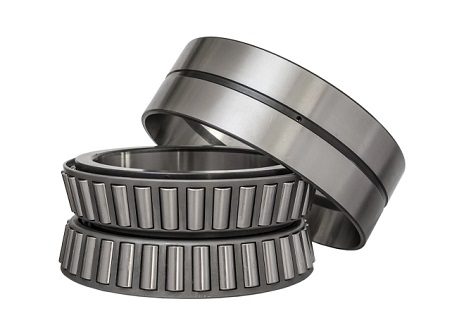
Here are the key steps to follow:
1. Determine the load requirements:
Calculate the radial and axial loads that the bearing will need to support. Consider both static and dynamic loads, as well as any potential impact or shock loads.
2. Identify the operating speed:
Determine the rotational speed at which the bearing will operate. This is crucial for selecting a bearing with the appropriate capacity. To handle the required speed without excessive friction or heat generation.
3. Consider the bearing type:
Understand the specific requirements of your application. And choose the appropriate type of cylindrical roller bearing. This can include variations such as single-row, double-row, full-complement, or multi-row designs.
4. Calculate the bearing life:
Estimate the desired bearing life based on the application requirements. Use industry-standard formulas or software tools to calculate the estimated bearing life.
5. Determine the bearing dimensions:
Consider the shaft and housing dimensions, as well as the space available for the bearing. Ensure that the selected bearing can fit within the designated space. And is compatible with the surrounding components.
6. Consult bearing catalogs and specifications:
Refer to ZWA catalogs or online resources to find cylindrical roller bearing models. That meet the calculated load, speed, and dimensional requirements. Pay attention to ZWA's specifications for radial and axial load capacities, speed ratings.
7. Verify compatibility with operating conditions:
Consider the environmental conditions in which the bearing will operate. Such as temperature, humidity, contamination, and vibration. Ensure that the selected bearing can withstand these conditions and provide reliable performance.
8. Seek expert advice if needed:
If you're unsure about the selection process or have complex application requirements. Consult with ZWA . We can provide guidance and recommend types of cylindrical roller bearings options based on our expertise.

